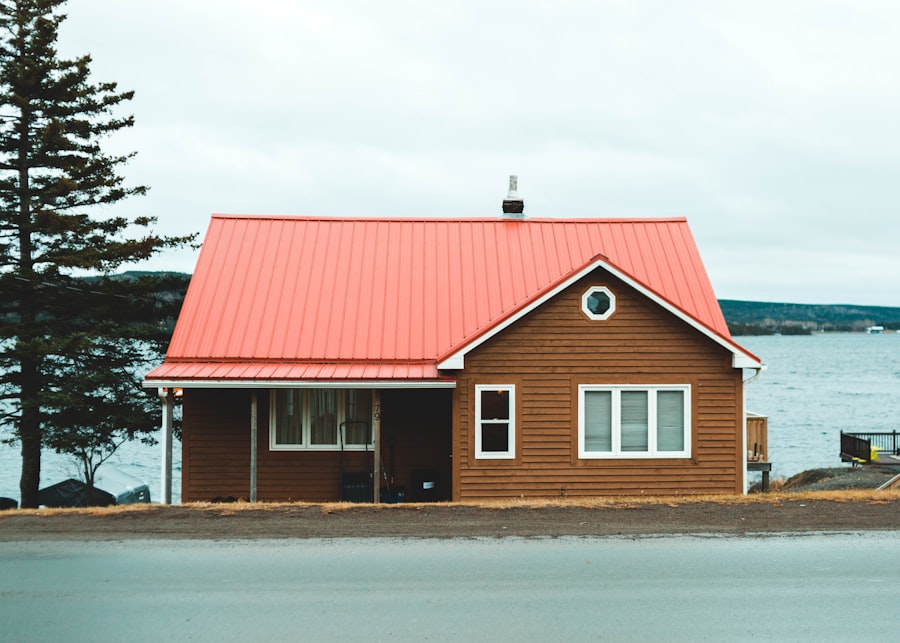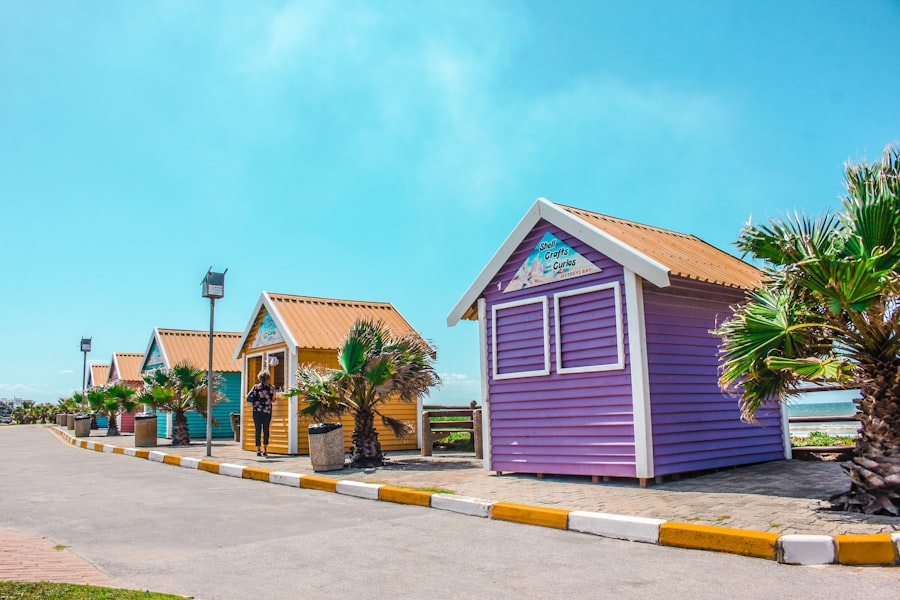The location of a mobile home is one of the most critical factors influencing its overall cost and long-term value. When considering where to place a mobile home, potential owners must evaluate various aspects, including proximity to amenities, schools, and employment opportunities. Urban areas typically offer more conveniences but come with higher land costs.
For instance, a mobile home situated in a metropolitan area may incur land lease fees that can range from $500 to over $1,500 per month, depending on the city and neighborhood. Conversely, rural locations may provide more affordable land options, but they often lack access to essential services and infrastructure. In addition to the initial land costs, prospective mobile home owners should also consider zoning regulations and land use restrictions.
Many municipalities have specific guidelines regarding where mobile homes can be placed, which can affect both the purchase price and the long-term viability of the investment. For example, some areas may require a minimum lot size or impose restrictions on the type of mobile home that can be installed. Understanding these regulations is crucial for avoiding potential legal issues and ensuring that the chosen location aligns with personal and financial goals.
Key Takeaways
- Location significantly impacts land costs and overall affordability of a mobile home.
- The size and layout influence comfort, functionality, and price.
- Quality materials and customization options affect durability and personal satisfaction.
- Utility connections and hookups are essential for convenience and ongoing expenses.
- Financing, insurance, maintenance, and resale value are critical for long-term investment considerations.
Size and Layout of the Mobile Home
The size and layout of a mobile home significantly impact its functionality and livability. Mobile homes come in various sizes, typically categorized as single-wide, double-wide, or triple-wide units. A single-wide mobile home generally measures between 600 to 1,200 square feet, making it suitable for individuals or small families.
In contrast, double-wide homes can range from 1,200 to 2,400 square feet, offering more space and often featuring a more complex layout with multiple bedrooms and bathrooms. The choice between these sizes will depend on the owner’s lifestyle needs, family size, and budget. Layout is equally important as size when it comes to mobile homes.
Many modern mobile homes are designed with open floor plans that maximize space and create a sense of flow between living areas. For example, a well-designed double-wide may feature a spacious kitchen that opens into a living room, allowing for easy interaction among family members or guests. Additionally, the placement of bedrooms and bathrooms can greatly influence daily routines; homes with master suites separated from children’s rooms can provide privacy for parents while still maintaining accessibility for family members.
Ultimately, selecting the right size and layout is essential for ensuring comfort and satisfaction in a mobile home.
Quality and Customization

Quality is a paramount consideration when purchasing a mobile home, as it directly affects durability, maintenance needs, and overall satisfaction. The construction quality of mobile homes can vary significantly based on the manufacturer and model. Higher-quality homes often feature better insulation, sturdier materials, and more reliable appliances.
For instance, homes built to meet or exceed HUD (Department of Housing and Urban Development) standards are generally considered more reliable than those that do not adhere to these guidelines. Buyers should conduct thorough research on manufacturers and seek out reviews or testimonials from current owners to gauge the quality of specific models. Customization options also play a vital role in the appeal of mobile homes.
Many manufacturers offer a range of customizable features that allow buyers to tailor their homes to their preferences. This can include choices in flooring materials, cabinetry styles, and even exterior finishes. For example, a buyer might opt for energy-efficient windows or upgraded kitchen appliances to enhance both aesthetics and functionality.
Customization not only allows homeowners to create a space that reflects their personal style but can also increase the home’s value over time by incorporating modern features that appeal to future buyers.
Utility Connections and Hookups
| Utility Type | Average Connection Time | Typical Setup Cost | Required Documentation | Service Provider Examples |
|---|---|---|---|---|
| Electricity | 3-7 Business Days | 100 – 300 | Proof of Ownership, ID, Application Form | National Grid, Duke Energy |
| Water | 5-10 Business Days | 50 – 200 | Proof of Ownership, ID, Application Form | American Water, Veolia |
| Gas | 7-14 Business Days | 150 – 400 | Proof of Ownership, ID, Application Form | PG&E, CenterPoint Energy |
| Internet | 1-5 Business Days | 0 – 150 | ID, Proof of Address, Credit Check | Comcast, AT&T, Verizon |
| Telephone | 1-3 Business Days | 0 – 100 | ID, Proof of Address | Verizon, AT&T |
Connecting utilities is an essential step in setting up a mobile home, as it ensures access to water, electricity, gas, and sewage systems. The process of establishing these connections can vary based on location and existing infrastructure. In some cases, mobile home parks may provide utility hookups as part of the lot rental agreement; however, in other situations, homeowners may need to arrange for these services independently.
For example, if a mobile home is placed on private land without existing connections, the owner may need to hire professionals to install water lines or septic systems. The costs associated with utility connections can add up quickly. Homeowners should budget for potential expenses such as permits, installation fees, and ongoing utility bills.
For instance, connecting electricity might involve paying for a service drop from the local utility company as well as any necessary wiring within the home itself. Additionally, ongoing utility costs can vary widely based on usage patterns and local rates; understanding these factors is crucial for effective financial planning.
Transportation and Set-Up Costs
Transportation and set-up costs are significant considerations when purchasing a mobile home. The process of moving a mobile home from the manufacturer or dealer to its final location involves logistical challenges that can incur substantial expenses. Depending on the distance between locations and the size of the home, transportation costs can range from a few hundred to several thousand dollars.
For example, moving a double-wide mobile home across state lines may require specialized equipment and permits, further increasing costs. Once the mobile home arrives at its destination, additional expenses arise during the set-up process. This includes leveling the home on its foundation or piers, securing it against wind loads, and connecting utilities as previously discussed.
Homeowners may need to hire professionals for these tasks to ensure compliance with local building codes and safety standards. The total cost for transportation and set-up can vary widely based on location, home size, and specific requirements but should be factored into the overall budget when considering a mobile home purchase.
Financing and Insurance

Financing options for mobile homes differ from traditional home mortgages due to their classification as personal property rather than real estate in some cases. Buyers may explore various financing avenues such as personal loans or chattel loans specifically designed for mobile homes. Chattel loans typically have shorter terms and higher interest rates compared to conventional mortgages but can be more accessible for those with limited credit histories or lower incomes.
Understanding these financing options is crucial for making informed decisions about affordability and long-term financial commitments. Insurance is another critical aspect of owning a mobile home that should not be overlooked. Mobile home insurance policies differ from standard homeowners’ insurance in terms of coverage options and costs.
Factors such as location, age of the home, and specific features will influence insurance premiums. For instance, homes located in areas prone to natural disasters like hurricanes or floods may require additional coverage or higher premiums due to increased risk. Homeowners should shop around for insurance providers that specialize in mobile homes to ensure they receive adequate coverage at competitive rates.
Maintenance and Repairs
Maintaining a mobile home requires ongoing attention to ensure its longevity and functionality. Regular maintenance tasks include checking for leaks in plumbing systems, inspecting roofs for damage or wear, and ensuring that heating and cooling systems are functioning efficiently. Unlike traditional homes built on permanent foundations, mobile homes may be more susceptible to certain issues such as shifting due to ground movement or settling over time.
Homeowners should be proactive in addressing these concerns to prevent more significant problems down the line. Repairs can also be more complex in mobile homes due to their unique construction methods and materials. For example, replacing windows or doors may require specialized knowledge about the specific dimensions used in mobile home manufacturing.
Additionally, finding replacement parts for older models can be challenging if manufacturers have ceased production or gone out of business. Homeowners should establish relationships with reliable contractors who have experience working with mobile homes to ensure that repairs are completed correctly and efficiently.
Resale Value and Depreciation
The resale value of a mobile home is influenced by various factors including location, condition, age, and market demand. Unlike traditional homes that often appreciate over time due to land value increases, mobile homes typically experience depreciation similar to vehicles; they lose value as they age. This depreciation can be particularly pronounced in the first few years after purchase when new models enter the market at lower prices.
For instance, a brand-new mobile home may lose 20% or more of its value within just five years. However, certain factors can mitigate depreciation effects and enhance resale value. Homes located in desirable areas with strong community amenities tend to retain their value better than those in less favorable locations.
Additionally, well-maintained homes with modern upgrades—such as energy-efficient appliances or updated interiors—are more likely to attract buyers when it comes time to sell. Understanding these dynamics is essential for potential buyers who wish to make informed decisions about their investment in a mobile home while considering long-term financial implications.



